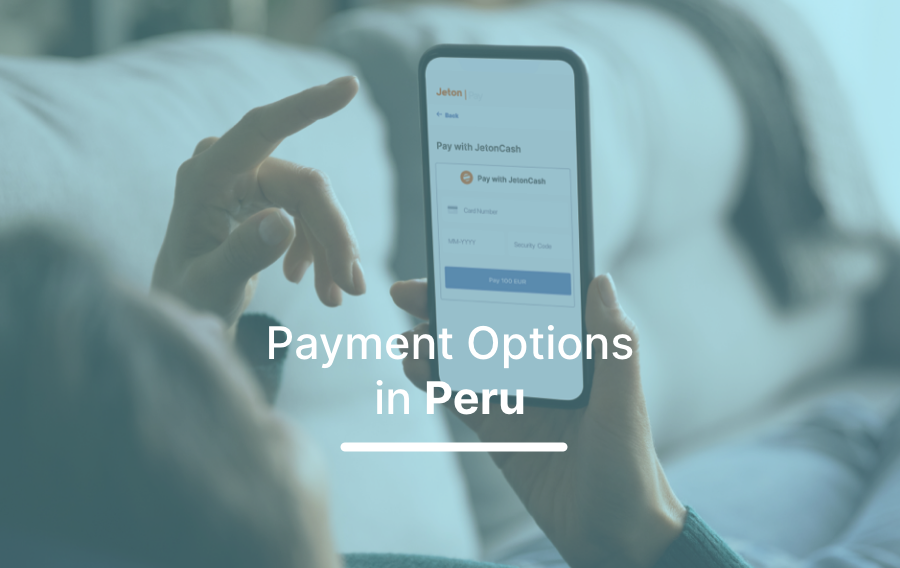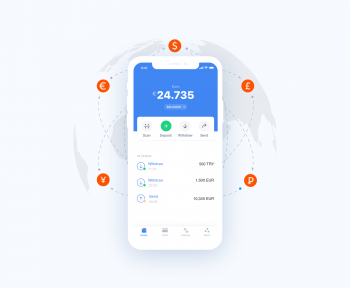One of the most diverse nations in the world is Peru. It is a cosmopolitan country with rich traditions, distinctive cuisine, and huge natural resources. It is home to 84 of the planet’s 117 living zones and 12 UNESCO World Heritage Sites. Its borders with Ecuador, Colombia, Brazil, Bolivia, and Chile are shared by Peru, which is located in the western region of South America. Three sections make up its vast territory, which spans more than 1.2 million square kilometers: the Coast, the Highlands, and the Jungle. There are currently more than 31.5 million people living there.
Peru has 47 indigenous languages, including Quechua and Aymara, in addition to the official language of Spanish.
Before we look at the Peru payments, would you like to take a look at the history of this country, which is full in every respect? If you wish, let’s go on a little historical tour together.
History of Peru
On its frigid highland plains, Peru was the birthplace of ancient civilizations that started to emerge over ten thousand years ago.
Caral represents the pinnacle of Peru’s initial cultural period, often known as the Initial Period. This period is represented by significant archaeological sites like Sechin on the Ancash coast and the Kotosh Temple of the Crossed Hands in Huanuco. Thousands of years later, in the modern-day province of Ancash, in the north-central Andes, the Chavin civilization evolved.
Another remarkable civilization, Paracas, the first significant desert society, formed on the central coast around 700 BC. The inhabitants of Paracas were expert weavers, and their elaborately patterned, large-scale fabrics have been praised by people all over the world.
Following this first stage of growth, the first regional empire -which we now recognize- emerged around 550 AD. The Wari civilization, which was a continuation of the Tiahuanaco culture of the high plains of Peru and Bolivia, controlled a sizable portion of what would eventually become the Inca empire of Tahuantinsuyo.
The Late Intermediate era, marked by the second wave of local cultural advances that began with Wari’s extinction about the year 1200 AD, is marked by the construction of Chan Chan, the biggest mud brick city in the world, by the Chimu.
The so-called “people of the clouds,” the Chachapoyas, who lived in the lush cloud forests of the Amazonas area and constructed remarkable towns and mausoleums cut into precipitous cliffs, also developed during this period.
Economy of Peru
Peru has had the fastest-growing economy in Latin America over the past ten years. It boasts the greatest silver deposits in the world as well as the biggest gold, lead, and zinc reserves in Latin America.
The coast of Peru is recognized for its marine resources and export-based agricultural industry, which produces important goods including paprika, blueberries, avocados, table grapes, asparagus, and organic bananas. The Amazon basin, on the other hand, is home to large oil and natural gas deposits as well as an abundance of forestry resources.
The Peruvian government is still taking steps to lower bureaucratic hurdles to investment, promote small business formalization, and boost capital investment in infrastructure.
The largest economies in the world today, such as the United States, China, and the European Union, all have trade agreements with Peru. Additionally, it belongs to trade alliances like the Pacific Alliance or the Asia-Pacific Economic Cooperation Forum (APEC).
Preferred Payment Methods in Peru
Although Peru’s e-commerce economy is still relatively young, it is growing and providing opportunities for larger businesses. The expansion of internet access, governmental initiatives, tax cuts, and new technologies for online commerce are the key drivers of this expansion.
Let’s take a look at some statistics about online payments in Peru:
- Compared to Chileans and Colombians, Peruvians use the internet for a longer time. 25 hours on average per month are spent online.
- The fifth-largest Latin American internet market is in Peru, where 43% of online consumers make their purchases there.
- With a 53% market share, retail is the dominant sector in the Peruvian e-commerce business.
- One of the biggest growth rates among Latin American nations in 2019 was the 30% increase in the Peruvian e-commerce market.
Peruvian customers prefer to make purchases online and pay using domestic payment options. Only 12% of the population has a credit card, and 42% of people have a bank account, despite the expansion of financial services. Retail cards are the primary way that most Peruvians are introduced to financial services.
Local Debit & Credit Card
In Peru, about 30% of people hold credit or debit cards. In comparison to the 6.5 million credit cards that rank second in online payments with about 15 million transactions, the country has an estimated 22 million debit cards that have been issued.
Cash Payments
Let’s be honest! Call it a habit and ease! More or less, cash payments can be a life saviour in a case where there is no internet connection. On the other hand, as we always mention in our payment guides, cash can be pretty dangerous in locations with high crime rates. It is wiser to have a small amount with you for tips and small purchases, while debit/credit cards can be utilised for others.
Are you an expat or digital nomad enchanted with the exceptional potential of Peru and LATAM Countries? Do you desire to do business with your Peruvian partners? Please keep in mind that $10,000 or the equivalent in any other currency, including Peruvian Soles, is obligated to be declared when entering or leaving Peru. Plus, stepping or leaving the country with more than $30,000 or the equivalent fiat currency is also strictly forbidden by Peruvian law.
Digital Wallets
Digital Wallets are accepted as the future of payment methods in a world where there is no time to wait in a suffocated bank branch operating all the transactions at a snail’s pace. Moreover, well-designed digital wallets like Jeton Wallet present advantageous pluses and a mobile application to monitor every purchase momentarily. In contrast to traditional banking, you do not call any time-consuming customer service to notify them of a mistake or malicious activity. Instead of this, you can report the problem and freeze the account with a few clicks. Thus, digital wallets are highly protected and convenient compared to other alternatives.
Viewing the grave regulations in Peru, sending or receiving money from overseas can be pretty problematic. In addition to weighty rules, unfortunately, the conventional banking system does not allow newcomers to open a bank account with no residence permit. Unless you are registered for an offshore account and under FDI (Foreign Direct Investment) application, you must wait until you are a lawful resident.
As the fourth recipient of FDI in LATAM countries after Brazil, Colombia and Chile, Peru promises prominent benefits thanks to its fiscal framework, magnetic legislative, and dynamic industries. Therefore, it is not unexpected that most digital wallets target the Peruvian market to serve as one of the smoothest payment methods in Peru.
Jeton Wallet in Peru
If you are looking for the best option for your payments in Peru, whether you are a Peruvian or just a tourist, Jeton is the right fit for you!
Users can trade money internationally using the Jeton system of international payments. It offers more than 70 payment choices and more than 50 different types of currencies.
A digital voucher also known as a Jeton Wallet or JetonCash. On many online sites, it may be used as a payment option.
What advantages does the Jeton Wallet offer:
- Can be used at thousands of online retailers.
- Payments are made without running a credit check or revealing bank account details.
- Simple to create and account and use.
- Swift and safe.
- Accessible in a variety of digital currencies.
- No registration costs for Jeton Wallet.
Now that you have learned the advantages of Jeton Wallet, what are you waiting for? Start using Jeton in Peru now and enjoy these benefits!



